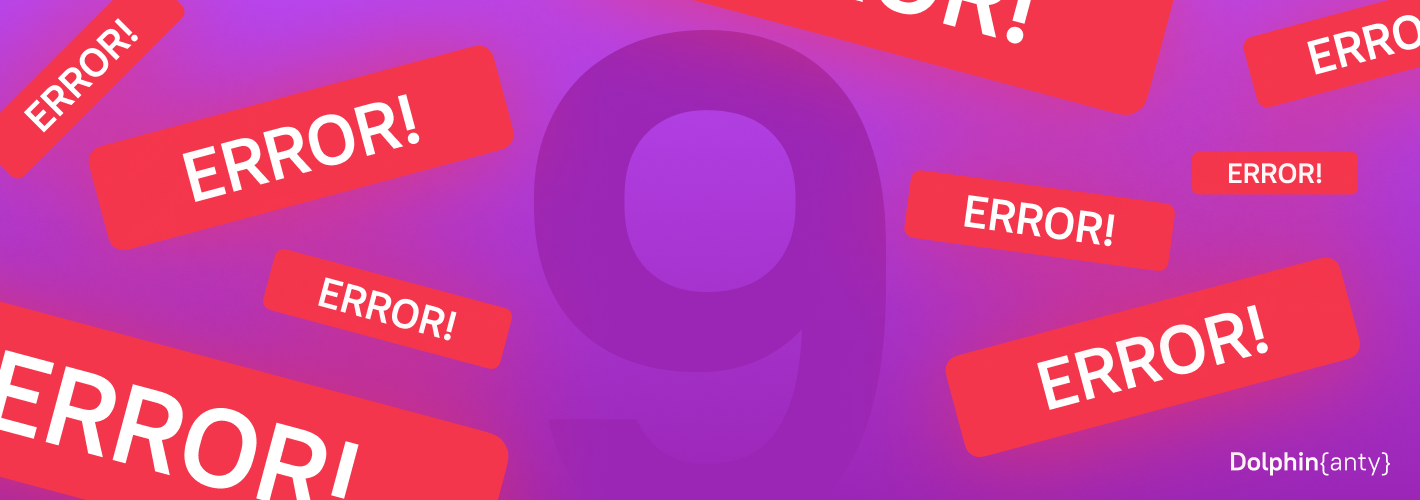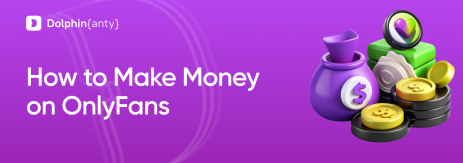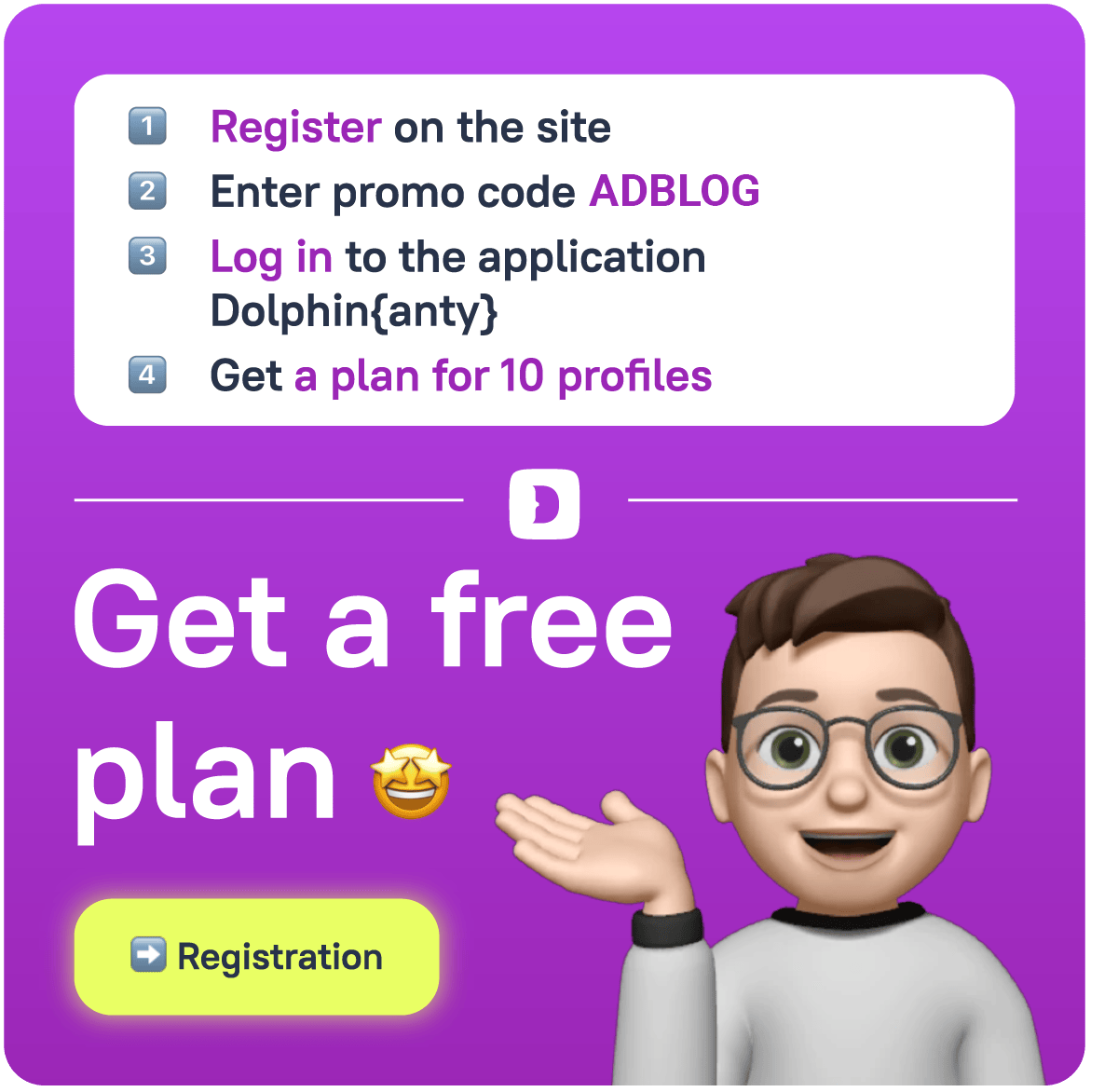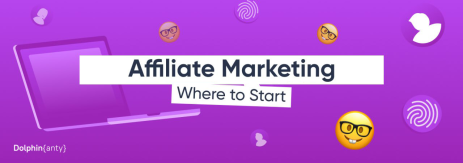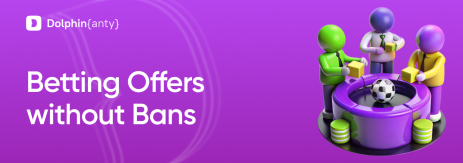9 mistakes that beginner affiliates make when working with FB
Blog » 9 mistakes that beginner affiliates make when working with FB
When starting to work with FB, some affiliates make mistakes that have an impact on their results or even lead to unnecessary (big) expenses.This article may be interesting to you if you are just starting out in affiliate marketing and want to protect yourself from making typical mistakes. 😉
❗️Mistake 1. The same data in different accounts
Sometimes affiliates use the same data in different accounts. For example, they link one payment card to several accounts at the same time.
The thing is that if different profiles or advertising accounts have the same data, FB automatically connects those accounts. If in the future the social network will have questions to one of the accounts, for example, if it won’t like the ad or the account activity will seem suspicious, it may block all the accounts at once.
Considering that FB is known for its frequent blocking for no obvious reason, even if you work only with authorized ads and do not violate the social network’s requirements in any way, it does not guarantee 100% protection from bans.
With this in mind, it is important that the data in each account must be unique: unique payment card, email, phone number, etc.
🎭 Mistake 2. Not masking your digital fingerprint
Each device that accesses the network shows to the visited website a set of data and parameters: about the device itself, browser, Internet connection, location, etc. A set of this data forms a digital fingerprint (fingerprint).
Websites analyze this data to:
- Identify the user.
- Customize the impressions of ads.
- Protect themselves from fraud.
The affiliate needs to change his digital fingerprint if he wants to work with:
- multiple accounts at once,
- offers that may violate FB rules,
- a foreign account.
To work with FB, It is important to change the digital fingerprint, but not to hide the data completely. The thing is that if a user completely masks the information about himself and his traffic, it is harder for FB to understand who is in front of him: a regular user, an advertiser, or a fraudster. Because of this, the algorithms of FB can analyze user actions in more detail.
To change your digital fingerprint, you can use:
- Proxy servers. They can be used to replace your IP address with the address of a proxy server, internet service provider(ISP), mobile operator, or another real user: it depends on the proxy type. However, a proxy cannot change the data of your browser and device, so it is better to use it together with an anti-detect browser.
- Anti-detect browsers are programs that help to change the digital fingerprint of your browser and device. They look like regular browsers, only in each individual tab, you can set up fingerprint data for each account. All the best anti-detect browsers perfectly mask digital fingerprints, but they don’t come cheap: starting at $89. Take a closer look at different anti-detect browsers during a trial period. For example, Dolphin {anty} has a completely free 10-profile rate.
- Web extensions that can block fingerprint collection: it will prohibit sites from analyzing your browser and device data. However, in fact, such extensions are better suited to protect against data collection for advertising.
As part of the economy, some beginner affiliates change their device data manually. However, this takes a lot of time, and the affiliate may not take into account a number of criteria. Because of this, FB algorithms will see who really stands behind the account and may become suspicious.
🌍 Mistake 3. Trying to work with different countries at the same time
All countries are divided into three groups, depending on the purchasing power of the population — how financially well-off the people of a particular country are:
- Tier 1 — countries with high purchasing power. This group includes the countries of Western Europe, Canada, Australia, the USA, South Korea, and other countries with high living standards. In these countries, there is high competition for traffic, due to which advertising is more expensive.
- Tier 2 — countries with average purchasing power, such as Greece, Brazil, Belarus, China, Argentina, Ukraine, Russia, and other countries. The income of the population is lower here, so advertising is cheaper.
- Tier 3 — countries with low purchasing power, such as Libya, Kuwait, Madagascar, Cuba, and Cambodia. In these countries, people have low incomes, so advertising is cheap.
Despite the obvious benefits of working with Tier 1 countries, it is very rare for beginner affiliates to quickly start earning from this traffic. Moreover, it requires a larger budget to get started, which may not be suitable for all affiliates.
It is better to start from your country or Tier 2 countries: there are moderate rates and competition.
🤔 Mistake 4. Working with unknown countries
Trying to earn more, affiliates straight away try working with:
- foreign traffic,
- various unknown countries (geo).
With few exceptions, it does not give good results, so the affiliate just loses all his budget.
This is due to the fact that although people have common patterns of behavior, the population of each country has its own characteristics of mentality, requests in terms of purchases, ethical standards, etc. Because of this, what works for Italy, not necessarily will work in the United States. And that’s not to mention ignorance of the language, slang, and its subtleties.
It is better to start with countries, which the affiliate knows. For example, if he is from Italy, first learn exactly how to attract Italian traffic.
📊 Mistake 5. Not using the FB Pixel
The FB Pixel captures users who visit the site and their actions.
This data can then be used to:
- evaluate the effectiveness of ads and the site itself,
- determine its target audience,
- better adjust advertising campaigns,
- optimize costs,
- set up retargeting,
- find new customers through the formation of similar audiences,
etc.
Given the capabilities of the pixel, not using it limits the effectiveness of FB ads.
😒 Mistake 6. Completely copying the practices of other affiliates
Because of lack of experience, some new affiliates try to imitate or even completely copy the advertising campaigns of other affiliates.
However, copying them in full most often either brings short and insignificant results or leads to loss of money. This is due to the fact that experienced affiliates usually share their cases when a particular ad campaign has worked and is no longer effective.
As in any other field, observation is very important. What’s more, the cases and mistakes of other affiliates help develop better ideas and ad creatives.
It’s better to study other people’s work and fix individual tricks, so you can combine them and use them in your own unique ad bundles.
🔥 Mistake 7. Trying to earn only on unique offers
Sometimes beginner affiliates choose unusual offers in the hope that due to low competition they can earn more than others.
Alas, this often leads to loss of budget: offers may not be popular, not because people don’t know about them, but because other affiliates have already tested them and realized that they do not work on FB.
For example, it could be because the offer has a very narrow target audience or the product is not interesting for users in principle.
💰 Mistake 8. Launching an ad campaign with a big budget right away
In an attempt to recoup expenses faster, beginner affiliates launch ads with a large budget right away without:
- a trial run on small budgets,
- analyzing the target audience,
- testing different creatives.
Alas, this often only results in wasted money.
The thing is, before launching on a big budget, experienced affiliates conduct tests of creatives to:
- evaluate which creatives show the best results,
- adjust the displays and rates,
- decide on the target audience, etc.
This helps to adjust the advertising campaign in order to run ads on a bigger budget later.
👨👩👦 Mistake 9. Incorrect work with the target audience
When working with the target audience of the offer, beginner affiliates can make many mistakes. For example, they:
- Don’t analyze the target audience. In addition to such criteria as gender, age, geo, income, it is important to consider the time of activity of the audience, seasonality of the offer, interests, etc.
- Choose overlapping audiences. If an affiliate sets up the display of different ads to the same audience, ads will be shown to the same people. As a result, the affiliate will pay twice for displaying ads to the same user, and the statistics on the campaign performance will be biased. It is significant to make sure that the overlap of audiences does not exceed 20%. Audience overlap can be checked in Business Manager — Group Ads — Inspector — Audience Overlap.
If you have been working with FB for a long time, please share in the comments what mistakes you encountered at the start.
✅ Get 10 free profiles in the anti-detect browser, which is ideal for traffic arbitrage!
